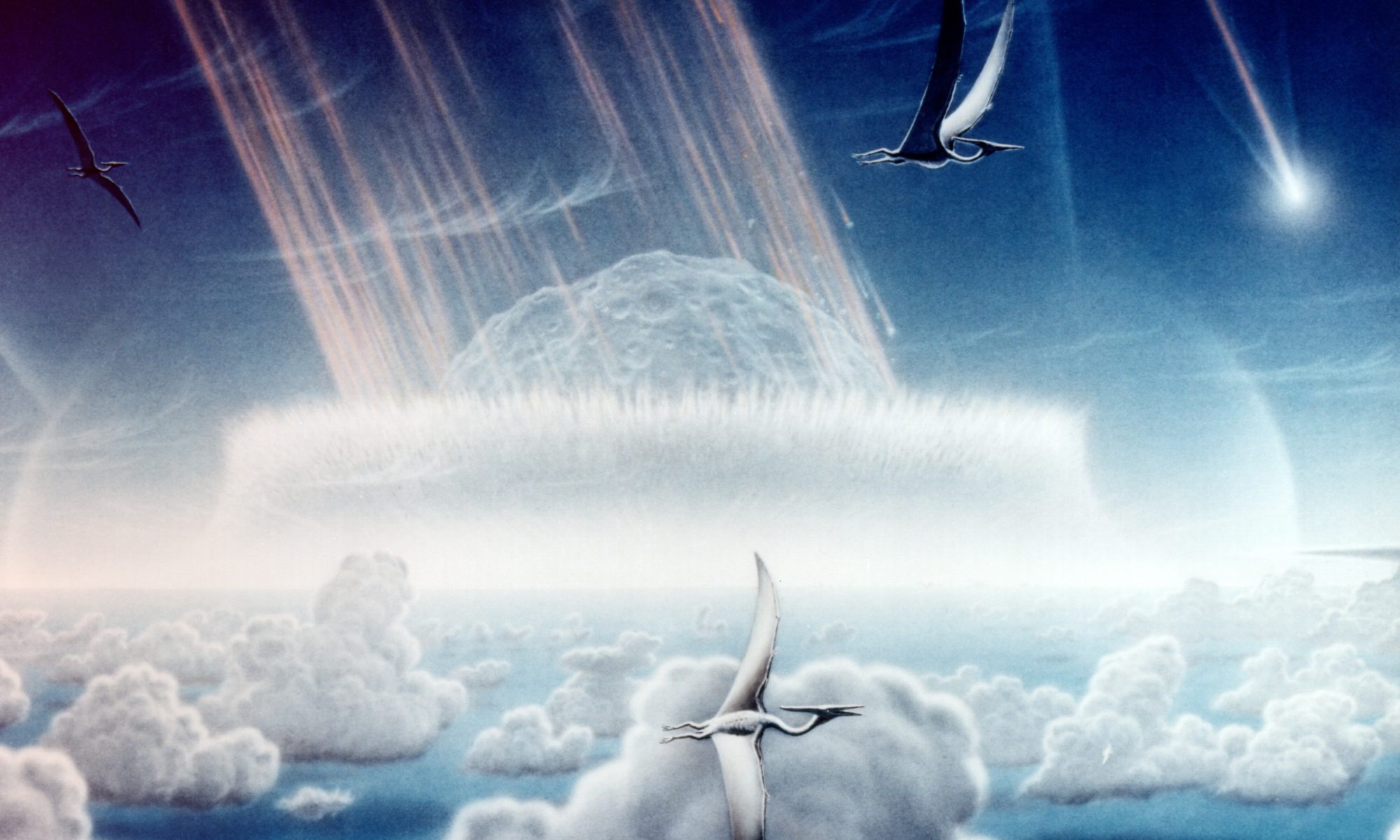Featured image: An artist’s depiction of many, many possible planets. This image was created by the European Southern Observatory (ESO).
Paper: Tyrrell, T. Chance played a role in determining whether Earth stayed habitable. Commun Earth Environ 1, 61 (2020). https://doi.org/10.1038/s43247-020-00057-8
Have you ever stayed up at night and wondered, why am I here? Or, more broadly, why are we here, including all living things on this Earth? Don’t worry, you’re not alone, and scientists like Professor Toby Tyrrell of the University of Southampton (UK) have been trying to answer these questions using the scientific method.
His conclusion? It may have just been the luck of the draw. After all, if we weren’t here in the first place, we couldn’t wonder why we were. (Scientists call this the weak anthropic principle.)
Climate scientists often describe their models as alternate (climate) histories. Tyrrell’s 2020 paper takes this idea to its ultimate conclusion, running 100 alternate climate histories on 100,000 randomly generated planets within the habitable zone of their randomly generated stars for 3 billion years. The question he’s trying to help answer is this: how likely was it that the Earth’s climate stayed habitable for the 4 billion years between the evolution of the first prokaryotic cells and us? Was it due to some intrinsic properties of planet Earth, or of life, or was it merely chance?
Continue reading “We’re Here Because We’re Here Because… of Chance?”



